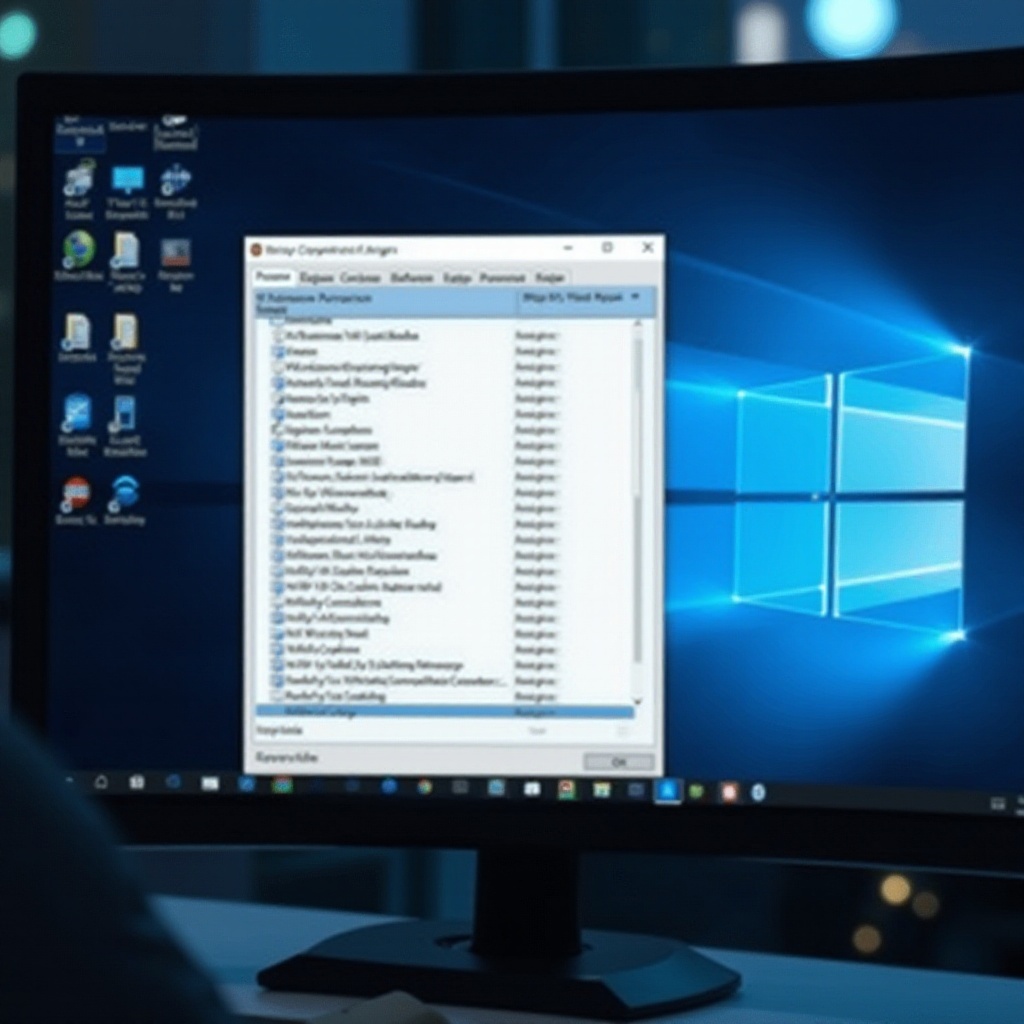How to Enable PID View in Task Manager on Windows 11
Introduction
Understanding and managing system processes is crucial for anyone using Windows 11. One essential feature that aids in this endeavor is the PID view in Task Manager. This feature allows users to see Process IDs (PIDs), which can significantly enhance your system monitoring and management capabilities. Enabling PID view provides deeper insights into what applications are doing and helps in managing your system’s performance effectively. This article explores the steps to enable PID view and the importance of this feature in system management, troubleshooting potential issues along the way.

Understanding Process IDs (PIDs) and Their Importance
Before diving into the how-to, it’s important to understand what PIDs are and why they’re crucial. A Process ID is a unique identifier given to each process within an operating system. Knowing these IDs can help you manage your system more effectively because they allow you to identify and control specific processes reliably. This is particularly important in complex environments where multiple applications and services are running simultaneously. By using PIDs, you can distinguish and manage specific instances of the same application, thereby preventing accidental termination and minimizing data loss. Furthermore, PIDs are invaluable during troubleshooting and performance tuning, as they allow you to pinpoint resource-intensive processes that may be affecting your system’s performance.

Accessing the Task Manager in Windows 11
To enable PID view, you’ll first need to access Task Manager in Windows 11. This process is straightforward, and you can do it in several ways:
- Method 1: Right-click on the taskbar and select ‘Task Manager’.
- Method 2: Press
Ctrl + Shift + Escsimultaneously to open Task Manager directly. - Method 3: Use the
Ctrl + Alt + Deletekeyboard shortcut and select ‘Task Manager’ from the menu.
Accessing the Task Manager is the first step in customizing your system’s monitoring capabilities. Once you’re in, you’ll be primed to enhance your system management by enabling the PID view, a vital step towards optimizing process monitoring.
Step-by-Step Guide to Enable PID View
Enabling the PID view in Task Manager involves a few easy steps. Follow this guide to add this useful column to your Task Manager:
Opening Task Manager
- Launch the Task Manager using any of the access methods mentioned above.
- Ensure you are viewing the ‘Processes’ tab, as this is where you’ll make the required changes.
Customizing Column Settings
- Locate the column headers within the ‘Processes’ tab.
- Right-click an existing column header to bring up a context menu for column adjustments.
- Select ‘Select columns…’ from the drop-down menu that appears.
Selecting and Displaying PID
- In the ‘Select Columns’ dialog box, scroll through to find ‘PID (Process Identifier)’.
- Check the box next to ‘PID’.
- Click ‘OK’ to apply your changes, ensuring the PID column now appears in Task Manager.
By following these steps, you have successfully enabled the PID view, adding an extra layer of detail and control to your Task Manager interface.

Troubleshooting Common Issues When Enabling PIDs
While enabling PID view is generally straightforward, you might encounter some issues. Here are a few common problems and solutions:
-
Issue 1: PID column does not appear.
Solution: Verify that you’re on the ‘Processes’ tab when attempting to enable the PID column. If needed, restart Task Manager.
-
Issue 2: Task Manager crashes or becomes unresponsive.
Solution: Restart your computer. Persistent issues may require updating the Task Manager through Windows updates or consulting IT support.
Addressing these common issues ensures a smooth experience when enabling PID view, helping you manage processes more effectively.
Benefits of Using PID View in System Administration
Integrating PID view into your system management tasks offers numerous advantages. It allows for precise identification of processes, minimizing the risk of accidentally terminating vital ones. Additionally, efficient resource management is easier with the ability to view PIDs, as it helps manage environments with multiple applications running simultaneously. This feature also provides more granular control over process termination, aids in diagnosing system slowdowns, and supports the application of updates or patches. Overall, enabling PID view enhances both control and administrative efficiency, making it a valuable tool for advanced users and IT professionals alike.
Conclusion
Enabling PID view in Task Manager is a vital step towards improving your system management skills on Windows 11. It provides precise insights into process management and resource allocation. By following the steps in this guide, you can enable this feature efficiently and tackle any challenges that may arise. The PID view is an invaluable tool for enhancing both control and transparency in your system’s operations, proving beneficial for all who wish to delve deeper into their system administration tasks.
Frequently Asked Questions
How does PID help manage system resources efficiently?
PIDs provide precise identification of system processes, allowing users to manage resources by targeting specific processes, thus preventing resource exhaustion.
Can I disable PID view once it is enabled?
Yes, you can disable PID view by following the same process used to enable it. Simply uncheck the PID column in the ‘Select Columns’ dialog box.
What are some common errors when enabling PID view, and how do I fix them?
Common errors include the PID column not appearing due to not being on the correct tab, or Task Manager becoming unresponsive. Restarting the application or system usually resolves these problems.
